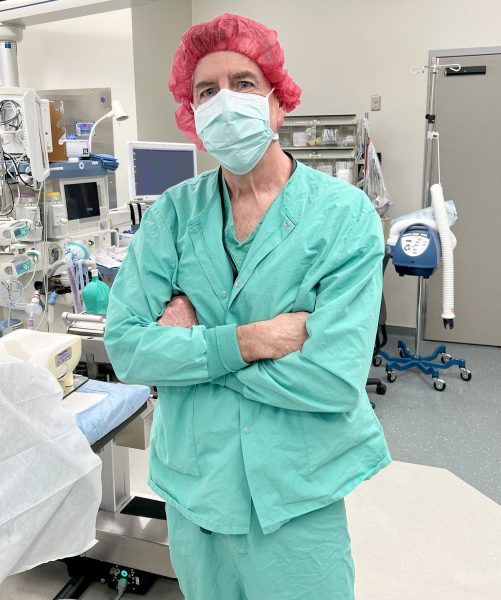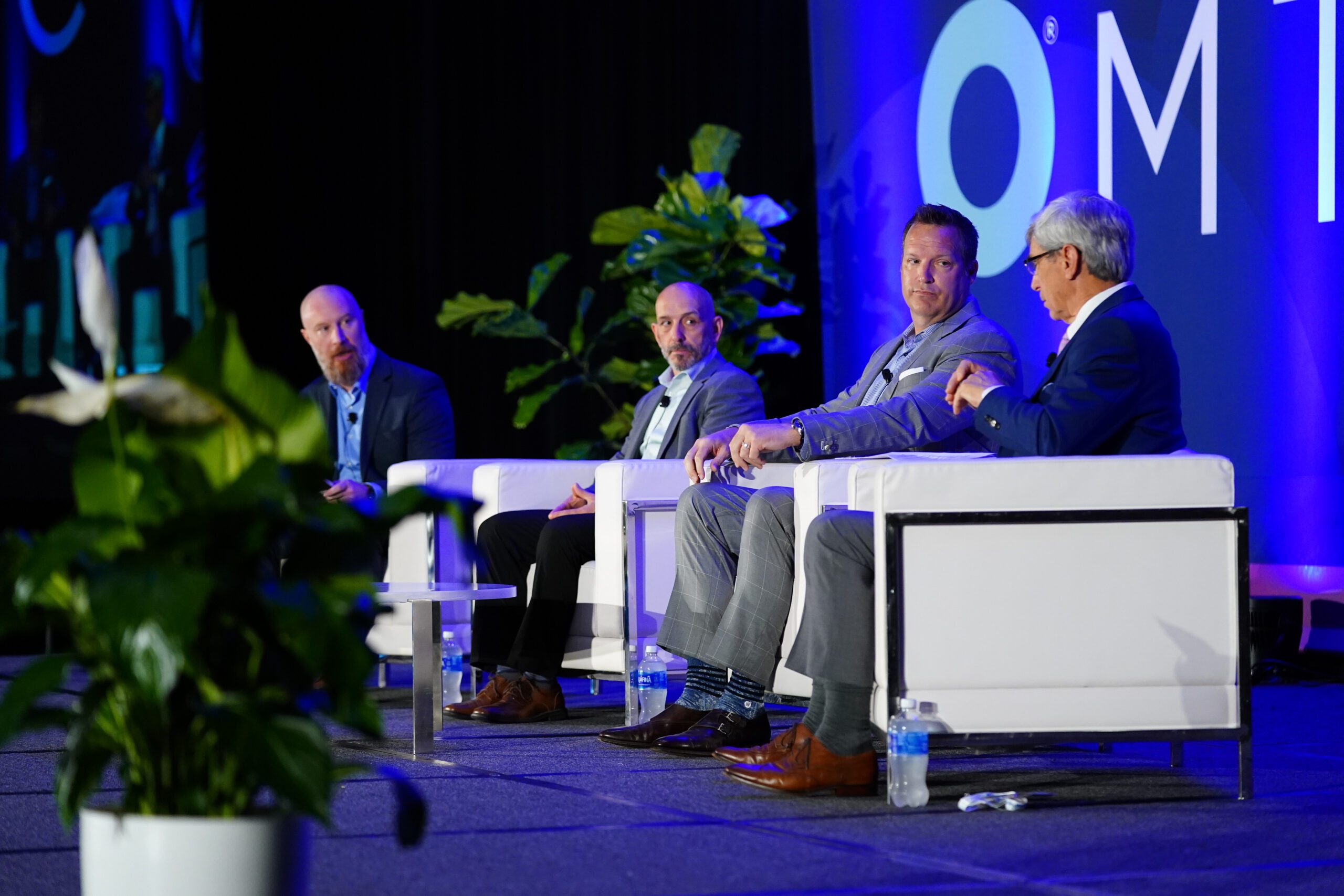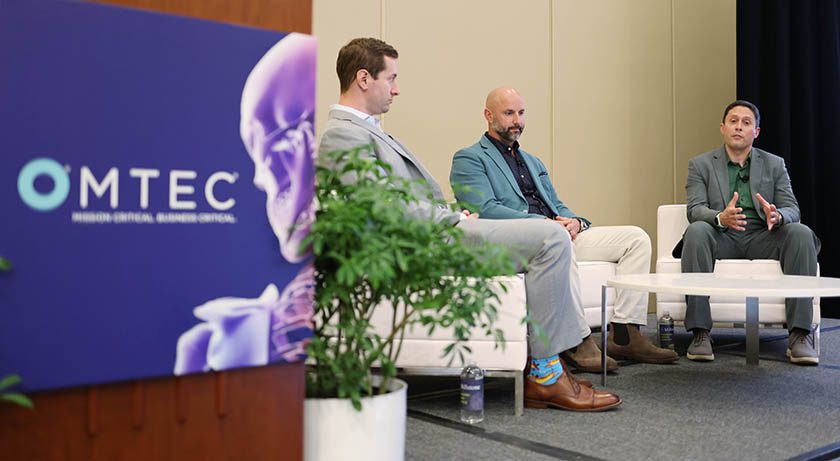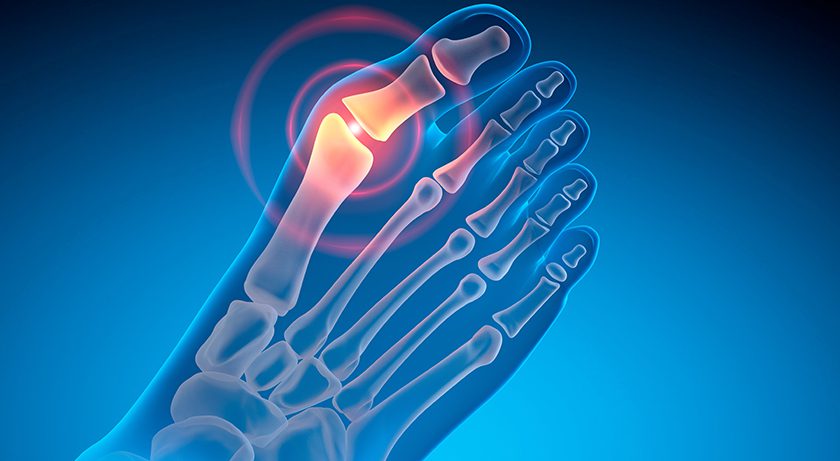

 Copy to clipboard
Copy to clipboard 
Orthopedic sales reps have always worked in the background, performing critical tasks to assist the operations around them. The job is constantly changing. Today’s reps would not recognize their colleagues of 25 or 35 years ago in terms of the tasks they were called on to perform. Amidst all the change, one important responsibility has remained consistent. The need to build strong relationships with surgeons and hospital staff.
With nearly three decades of experience as a sales rep in the orthopedic industry, I believe there has never been a more exciting time to do the job. Let’s look at the role of the orthopedic sales rep, touching on its history and its function today. Have the responsibilities of our position changed, or just how we execute our duties?
Historical Look
The sales reps of the big orthopedic companies started in traditional roles. We would seek out physicians with a problem, show them how our company’s devices solved those problems and ensure the O.R. staff was prepared to use our products while assisting during surgery. All that was left to worry about was the logistics, like ensuring the equipment made it to the hospital in plenty of time for surgery.
The next day we would go to the hospital, check our implants and instruments, write up a bill for what was used and submit it to the purchasing department for payment. This bill was often paid without question and, remarkably, included a delivery fee.
As the role of the sales rep evolved in those early days, the job description added the following:
- Visit sterile processing to ensure instruments were processed correctly and instrument trays were complete.
- In-service O.R. staff on the proper use of instruments and implants.
- Review of x-rays at the surgeon’s office to “template” the patient’s anatomy so that a proper range of implant sizes would be available.
- Deliver and set up the implant cart in the hospital the day before surgery.
- For trauma reps, make sure equipment was ready to go at a moment’s notice.
- Attend the case and be in the room to answer questions from the surgical team. Help the scrub tech or nurse by instructing them on the proper order of instrument use.
Importantly, we were performing these functions in person and building a personal relationship every step of the way.
Lessons Learned from the Pandemic
COVID-19 paused everything. In-person meetings were eliminated for everyone. Hospitals and offices had a complete ban on all non-essential traffic in their respective buildings. With elective surgeries canceled and travel restrictions enacted, sales reps only left the house to assist with trauma cases.
Change, when you think about it, is nothing new. Our lives are constantly in flux, and the pandemic magnified the state of fluidity. It turned a personal event into one that is open, universal and global. It forced every professional to ask an essential business question: How do we bring value to our customers?
That has always been the question guiding the daily activities of a sales rep. Now is the time to capitalize on those relationships we cultivated in the past. Think about the times we went to materials management to introduce ourselves. That initiative will pay off as elective procedures continue to return.
The pandemic made us realize that our role in the O.R. and hospital setting was our real value. Sure, we must sell our products and technology to healthcare providers. We also add significant value when we are servicing our customers and supporting our devices by assisting the professionals who use them. That has not changed. Efforts to connect with customers build reliability and dependability.

John Cunningham has spent nearly three decades as an orthopedic sales rep, working alongside surgeons and hospital staff in the O.R.
Looking Forward
The pandemic has been a professional wake-up call for orthopedic sales reps and industry colleagues. But the message might not be the one you’re thinking about. We must consistently work on our relationships by listening to the customer experience, not just attending the surgical case. Reps who did not stick around the hospital to build relationships with their customers were served with a rude awakening when everything started to shut down.
How we go about our daily business will never be the same. Being adaptable, responsive and embracing of change must be part of our DNA. Everyone in our universe is our customer. They always have been, and it’s imperative to recognize that.
Think about the receptionist at your favorite surgeon’s office. What, you forgot their name? Building relationships with receptionists is part of our role as sales reps in a post-pandemic world. Should we ever face another significant disruption, reps with solid connections throughout the hospital will have an advantage.
Orthopedic sales reps have always worked in the background, performing critical tasks to assist the operations around them. The job is constantly changing. Today’s reps would not recognize their colleagues of 25 or 35 years ago in terms of the tasks they were called on to perform. Amidst all the change, one important responsibility has remained...
Orthopedic sales reps have always worked in the background, performing critical tasks to assist the operations around them. The job is constantly changing. Today’s reps would not recognize their colleagues of 25 or 35 years ago in terms of the tasks they were called on to perform. Amidst all the change, one important responsibility has remained consistent. The need to build strong relationships with surgeons and hospital staff.
With nearly three decades of experience as a sales rep in the orthopedic industry, I believe there has never been a more exciting time to do the job. Let’s look at the role of the orthopedic sales rep, touching on its history and its function today. Have the responsibilities of our position changed, or just how we execute our duties?
Historical Look
The sales reps of the big orthopedic companies started in traditional roles. We would seek out physicians with a problem, show them how our company’s devices solved those problems and ensure the O.R. staff was prepared to use our products while assisting during surgery. All that was left to worry about was the logistics, like ensuring the equipment made it to the hospital in plenty of time for surgery.
The next day we would go to the hospital, check our implants and instruments, write up a bill for what was used and submit it to the purchasing department for payment. This bill was often paid without question and, remarkably, included a delivery fee.
As the role of the sales rep evolved in those early days, the job description added the following:
- Visit sterile processing to ensure instruments were processed correctly and instrument trays were complete.
- In-service O.R. staff on the proper use of instruments and implants.
- Review of x-rays at the surgeon’s office to “template” the patient’s anatomy so that a proper range of implant sizes would be available.
- Deliver and set up the implant cart in the hospital the day before surgery.
- For trauma reps, make sure equipment was ready to go at a moment’s notice.
- Attend the case and be in the room to answer questions from the surgical team. Help the scrub tech or nurse by instructing them on the proper order of instrument use.
Importantly, we were performing these functions in person and building a personal relationship every step of the way.
Lessons Learned from the Pandemic
COVID-19 paused everything. In-person meetings were eliminated for everyone. Hospitals and offices had a complete ban on all non-essential traffic in their respective buildings. With elective surgeries canceled and travel restrictions enacted, sales reps only left the house to assist with trauma cases.
Change, when you think about it, is nothing new. Our lives are constantly in flux, and the pandemic magnified the state of fluidity. It turned a personal event into one that is open, universal and global. It forced every professional to ask an essential business question: How do we bring value to our customers?
That has always been the question guiding the daily activities of a sales rep. Now is the time to capitalize on those relationships we cultivated in the past. Think about the times we went to materials management to introduce ourselves. That initiative will pay off as elective procedures continue to return.
The pandemic made us realize that our role in the O.R. and hospital setting was our real value. Sure, we must sell our products and technology to healthcare providers. We also add significant value when we are servicing our customers and supporting our devices by assisting the professionals who use them. That has not changed. Efforts to connect with customers build reliability and dependability.

John Cunningham has spent nearly three decades as an orthopedic sales rep, working alongside surgeons and hospital staff in the O.R.
Looking Forward
The pandemic has been a professional wake-up call for orthopedic sales reps and industry colleagues. But the message might not be the one you’re thinking about. We must consistently work on our relationships by listening to the customer experience, not just attending the surgical case. Reps who did not stick around the hospital to build relationships with their customers were served with a rude awakening when everything started to shut down.
How we go about our daily business will never be the same. Being adaptable, responsive and embracing of change must be part of our DNA. Everyone in our universe is our customer. They always have been, and it’s imperative to recognize that.
Think about the receptionist at your favorite surgeon’s office. What, you forgot their name? Building relationships with receptionists is part of our role as sales reps in a post-pandemic world. Should we ever face another significant disruption, reps with solid connections throughout the hospital will have an advantage.

You are out of free articles for this month
Subscribe as a Guest for $0 and unlock a total of 5 articles per month.
You are out of five articles for this month
Subscribe as an Executive Member for access to unlimited articles, THE ORTHOPAEDIC INDUSTRY ANNUAL REPORT and more.
JC
John Cunningham is an independent rep with 25 years experience in orthopedic trauma, spine and total joint sales. He lives in Chicago with his wife, and enjoys reading and running marathons.







